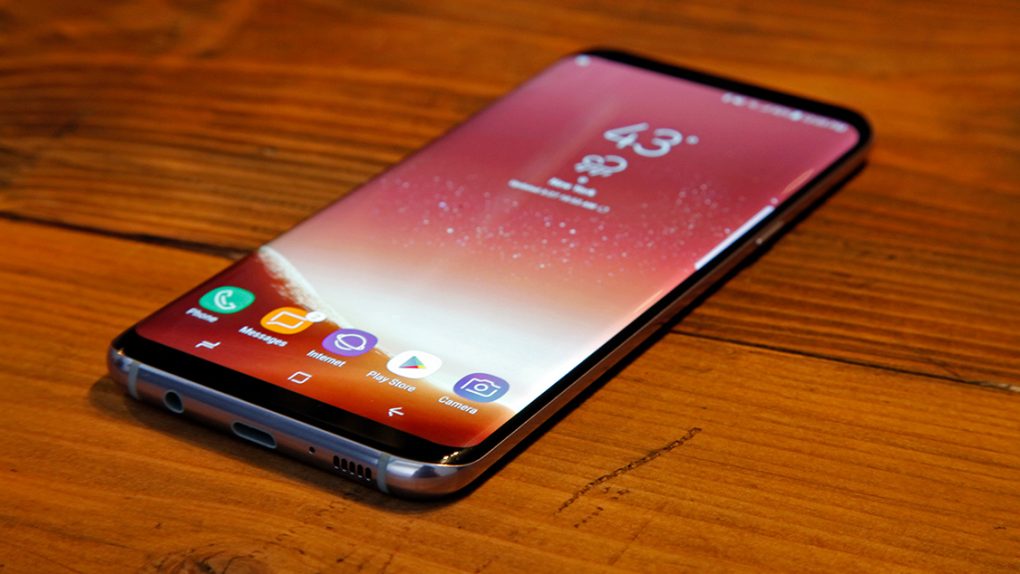Samsung will soon take the wraps off of its next big worst-kept-secret, the Galaxy S9. Thanks to a large number of leaks we have a more than a decent idea of what this Galaxy S8 lookalike will have to offer. The Galaxy Note 9 already sounds like the more exciting flagship this year, according to early rumors. The phone may pack an even better AI chip, as well as a fingerprint sensor under the display.
But the most exciting new flagship of 2018 might be something entirely different. For the first time ever, Samsung may have three distinct high-end mobile devices in stores this year. The third handset may be the Galaxy X, that mythical foldable smartphone that keeps popping up in a plethora of reports and patent sightings.
Samsung mobile chief DJ Koh said only a few weeks ago at CES that the Galaxy X may launch in late 2018 in a best-case scenario. Other reports said at the time that the phone may be postponed to early 2019.
The phone was purportedly demoed behind closed doors at the event, but Koh didn’t have too many things to say publicly about it.
“It is difficult to talk about the date of the launch now. We want to unveil the products properly but now seems a bit early,” he said at the time. “We want to have a good reaction from customers once the phone is out in the market. But there are still durability issues that we need to address.”
Koh also referred to the Galaxy X user experience as being the biggest obstacle in selling the phone, according to a different report.
Fast forward to January 31st, and Samsung’s fourth quarter earnings results are in, complete with Galaxy X teasers. Samsung announced record numbers for the period on the back of strong memory and storage chip sales. But the company also presented its vision for 2018 in the press release.
Samsung did not mention the Galaxy X name in its smartphone plans, although it didn’t shy away from using the Galaxy S9 name, even though the phone is not official yet.
But it did mention plans to launch the foldable phone this year:
The OLED panel business will strengthen its competitiveness in the premium segment with the release of foldable panels, and focus on expanding new applications in areas such as automotive electronics by capitalizing on its technology and cost competitiveness.
As for the Mobile business, Samsung will continue its efforts to differentiate its smartphones by adopting cutting-edge technologies, such as foldable OLED displays. It will also drive forward new businesses related to AI/IoT by strengthening the ecosystem based on Bixby and building on Samsung’s 5G technology.
Foldable OLED screens refer to displays that can bend around an axis. Flexible OLED screens, meanwhile, are already found inside Samsung’s flagship handsets and even in the iPhone X.







